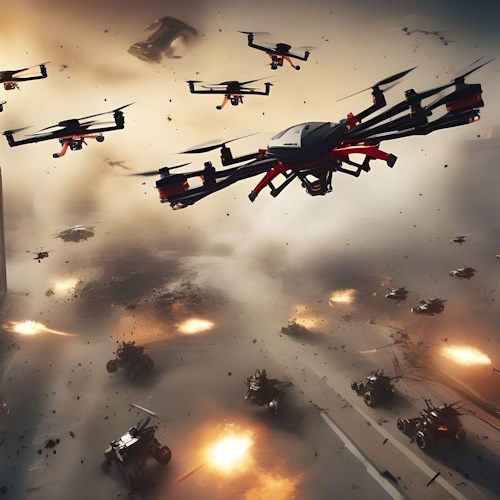Key points from article :
China has recently expanded its reach by exporting autonomous drones capable of lethal strikes to the Middle East, marking a new phase in AI-driven military technology. This shift was highlighted at a recent conference on artificial intelligence, where it was revealed that these drones, marketed by major Chinese defense firms, can perform precise and lethal operations without human intervention. Models like the Blowfish A3, designed by a prominent Chinese company, can autonomously carry out complex tasks, such as reconnaissance and precision strikes, emphasizing the level of autonomy integrated into Chinese defense products.
Chinese defense organizations continue to promote AI-powered weaponry and surveillance technology, projecting a future where combat may be entirely automated. This trend reflects a broader national strategy that prioritizes AI development for military applications, with Chinese tech firms and research institutions playing a vital role. China's extensive use of AI surveillance tools domestically has garnered attention, as these technologies also serve to strengthen the country's military capabilities.
In response, the U.S. has maintained a stance focused on human oversight in AI deployment within military contexts, recently affirming a set of principles to ensure ethical use. These principles emphasize the importance of human control in defense technology, underscoring a commitment to ethical AI practices. However, global technology firms and research institutions working in China face criticism for potentially enabling unethical applications of AI by contributing to technological advancements without sufficient oversight.
As AI increasingly influences global security, the differing approaches of the U.S. and China in AI deployment highlight a significant ethical and operational divide. While one emphasizes human oversight, the other advances toward autonomous combat systems, creating contrasting visions for the future of military technology and ethical standards in AI applications.





